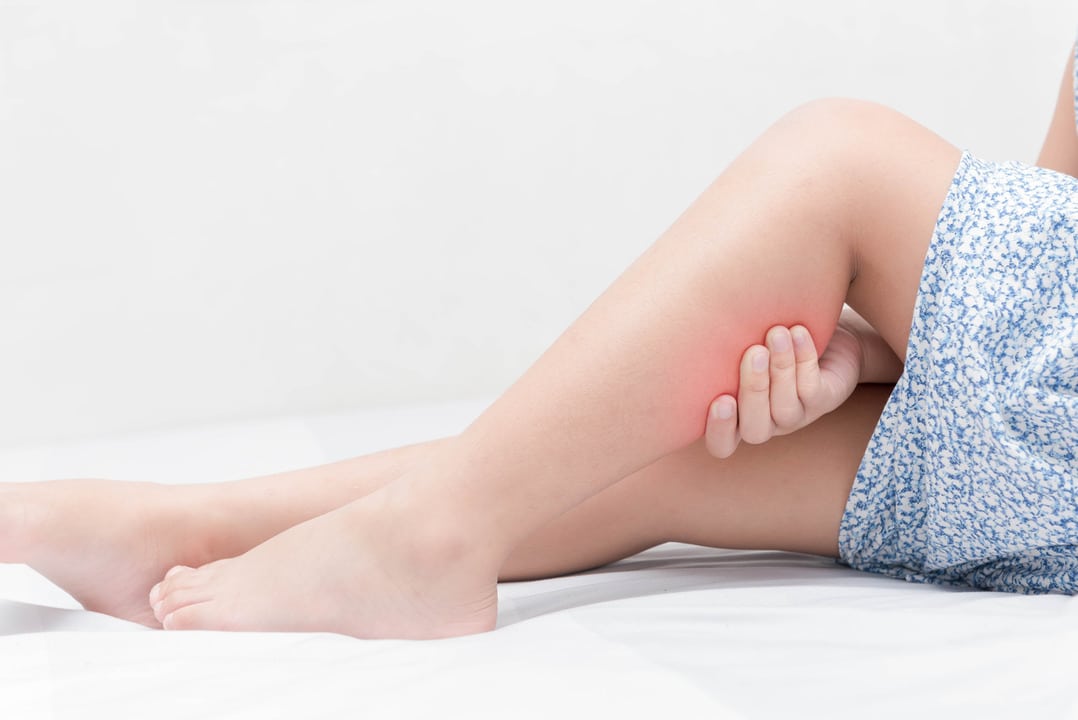Peripheral Arterial Disease (PAD)
What is Peripheral Arterial Disease?
Peripheral Artery Disease (PAD) is a circulatory condition characterized by narrowed arteries that restrict blood flow to the limbs, particularly in the lower legs. This reduced blood flow fails to meet the demands of daily activities, often leading to pain while walking. Additionally, PAD can diminish blood flow to vital organs such as the heart and brain, posing serious health risks.
Common Symptoms of PAD
Color changes in the involved leg
Erectile dysfunction in men
Ulceration or gangrene involving the legs, most commonly in the foot/toes
Pain in the buttocks, hips, thighs, calves, ankles or feet during walking (a condition called claudication)
Weak or absent pulses in the involved leg
Coldness in the lower leg and foot
Weakness in the involved leg
Pain in the leg, calves, ankles, or feet at rest
Nerve damage with pain, tingling, or numbness in the lower leg, ankle, and foot

PAD Diagnostic Testing


